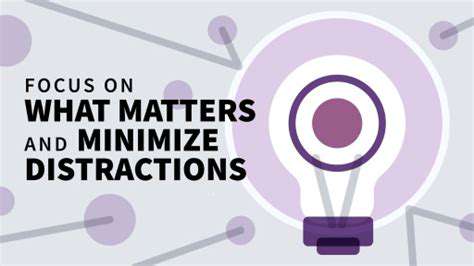Guide to Practicing Digital Detox for Well being

Understanding the Concept
A digital detox, at its core, is a deliberate period of time dedicated to minimizing or eliminating exposure to electronic devices. This isn't just about putting your phone away; it's about consciously reducing the overwhelming influence of technology on our lives. It's a conscious choice to prioritize disconnecting from the digital world. This allows individuals to rediscover themselves and their surroundings without the constant stimulation and distractions of technology.
Beyond the Phone
While smartphones are often the primary focus, a digital detox encompasses a much broader spectrum. It extends to tablets, laptops, computers, and even smartwatches. The goal is to disconnect from the constant barrage of notifications, social media updates, and the relentless demands of the digital sphere. This wider perspective helps to truly understand the impact of technology on our daily lives.
Benefits of Disconnecting
Digital detoxing offers a multitude of benefits, ranging from improved mental well-being to enhanced physical health. Reduced stress and anxiety are often cited as key advantages. By minimizing the constant bombardment of information and social pressures, individuals can experience a greater sense of calm and clarity.
Furthermore, a digital detox can foster deeper connections with loved ones. Time spent in person, engaging in meaningful conversations, and enjoying shared experiences strengthens bonds and helps to cultivate a more present and engaged existence.
The Importance of Purposeful Breaks
It's crucial to understand that a digital detox isn't about complete isolation. Instead, it's about strategically scheduling periods of disconnection to allow our minds and bodies to rest and recharge. This deliberate break from technology allows for a much-needed reset, allowing us to reconnect with ourselves and the world around us in a more meaningful way.
Strategies for Successful Detox
Planning a successful digital detox involves several key strategies. Identifying specific goals is crucial. What do you hope to achieve by disconnecting? A clear understanding of your intentions helps guide your actions and maintain focus during the detox. Additionally, creating a structured plan and setting realistic expectations are vital for success.
Addressing Potential Challenges
Navigating a digital detox can present some challenges. Social anxieties, feelings of isolation, or difficulty adjusting to a slower pace are some common obstacles. Overcoming these challenges requires a proactive approach. It is important to understand that these challenges are normal and are often overcome with the right mindset and support system.
Long-Term Implications
The benefits of digital detoxing extend beyond the immediate period of disconnection. It cultivates a healthier relationship with technology, encouraging mindful use and a more balanced approach to digital engagement. By understanding the potential for over-reliance on technology, we can cultivate a more conscious relationship with our devices. This understanding can lead to a much more fulfilling life, both online and offline.
Identifying Your Digital Triggers and Patterns
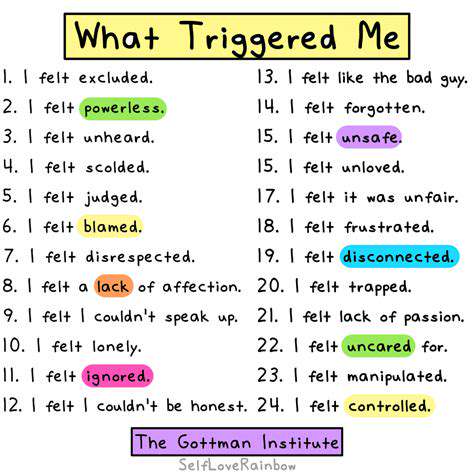
Understanding the Power of Digital Triggers
Digital triggers are those subtle, often unconscious, stimuli that prompt us to engage with technology. They can be anything from a notification ping to a catchy social media post, and they play a crucial role in shaping our online behavior. Recognizing these triggers is the first step in gaining control over your digital life and ensuring you're using technology in a way that supports, rather than distracts from, your goals.
Understanding the underlying mechanisms of these triggers is essential for effectively managing your online experience. They are often linked to dopamine releases in the brain, creating a cycle of reward and reinforcement that can lead to compulsive behaviors if left unchecked. By understanding these triggers, you can begin to consciously choose how you interact with technology.
Identifying Common Digital Triggers
Common digital triggers include social media notifications, email alerts, the constant stream of news feeds, and even the alluring design elements of websites and apps. These elements are meticulously crafted to capture our attention and keep us engaged, often leading to prolonged periods of screen time.
These triggers can manifest in different ways for different individuals, influenced by personal preferences, social circles, and even past experiences. Recognizing your specific triggers is key to breaking free from their influence.
Another key trigger is the simple act of checking your phone. The subtle anticipation and the potential for new information can be incredibly powerful motivators. This constant expectation of something new can easily lead to excessive screen time and a diminished sense of well-being.
Managing Your Digital Triggers
Once you've identified your digital triggers, the next step is to develop strategies to manage them. This can involve adjusting notification settings, creating specific time blocks for online activities, or even consciously choosing to avoid certain apps or websites. It's about finding a balance between engaging with technology and setting healthy boundaries.
One crucial strategy is to cultivate mindfulness around your digital interactions. Becoming more aware of when and why you engage with technology can help you make conscious choices about your online behavior.
Ultimately, the goal is to create a more mindful and intentional relationship with technology. By understanding and managing your digital triggers, you can regain control and use technology as a tool to enhance your life, rather than becoming a slave to its allure.
The Long-Term Impact of Unmanaged Digital Triggers
Ignoring or failing to address digital triggers can lead to a variety of negative consequences. These range from reduced productivity and decreased focus to feelings of anxiety and isolation. The constant stimulation can disrupt sleep patterns, negatively impact mental health, and even contribute to relationship problems.
Prolonged exposure to these constant stimuli without conscious management can lead to a diminished capacity for deep focus and reflection. This can significantly impact your ability to engage in activities that require sustained attention and concentration.
Choosing a mentor is a significant decision that can profoundly impact your career trajectory. A good mentor can offer valuable guidance, insights, and support, helping you navigate challenges and reach your professional goals. Therefore, it's crucial to identify a mentor whose profile aligns with your specific needs and aspirations. This process involves careful consideration of various factors to ensure a mutually beneficial relationship.
Integrating Mindfulness and Self-Care Practices
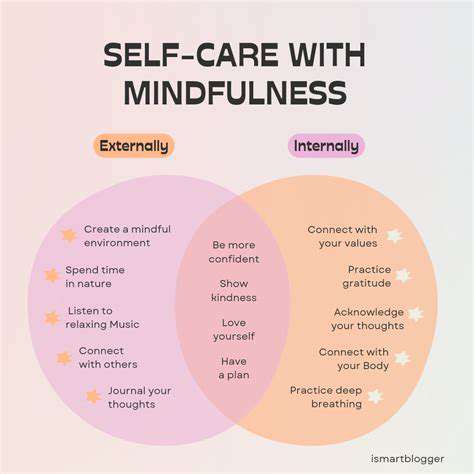
Cultivating Inner Peace
Mindfulness practices, when integrated into daily life, offer a powerful pathway to cultivate inner peace. By focusing on the present moment without judgment, we can begin to recognize and release the anxieties and worries that often cloud our thoughts and emotions. This process of non-judgmental observation allows us to experience a deeper sense of calm and serenity, fostering a more peaceful and balanced inner state.
Developing this inner peace is not about eliminating all stress or negative emotions, but rather about learning to navigate them with greater awareness and acceptance. This awareness creates space for healthier responses to challenges, ultimately leading to greater emotional resilience and a more fulfilling life.
Understanding the Self
Self-compassion is a cornerstone of a mindful approach to life. It involves treating oneself with the same kindness and understanding that one would offer a close friend facing adversity. This practice cultivates a deeper understanding of one's own needs and vulnerabilities, fostering a more compassionate and accepting relationship with oneself.
By recognizing and accepting our imperfections, we create space for growth and self-improvement. We learn to forgive ourselves for mistakes and move forward with a renewed sense of hope and determination.
Improving Emotional Regulation
Mindfulness enhances emotional regulation by providing a framework for observing and understanding our emotional responses. This heightened awareness allows us to identify triggers and patterns in our emotional reactions, enabling us to respond more thoughtfully and less reactively to challenging situations.
By recognizing the physical sensations and thoughts associated with various emotions, we can cultivate greater control over our emotional responses. This improved emotional regulation leads to a greater sense of stability and well-being in our daily lives.
Enhancing Focus and Concentration
Regular mindfulness practice strengthens focus and concentration. By training the mind to stay present and attentive, we can improve our ability to concentrate on tasks and responsibilities, leading to increased productivity and efficiency.
Mindful awareness of the present moment helps to quiet the internal chatter and distractions, allowing for a more focused and productive state of mind. This enhanced focus not only improves work performance but also enhances our ability to fully experience the present moment in all aspects of life.
Boosting Stress Resilience
Mindfulness techniques offer practical strategies for managing stress. By cultivating awareness of stress responses, we can learn to identify triggers and develop coping mechanisms to manage stressful situations more effectively.
Promoting Physical Well-being
The benefits of mindfulness extend beyond the mental realm, profoundly impacting physical well-being. Studies have shown a correlation between mindfulness practices and improved sleep quality, reduced blood pressure, and a strengthened immune system.
Mindfulness encourages a greater awareness of physical sensations, leading to a deeper connection with the body and a greater sense of overall well-being. This interconnectedness between mind and body promotes healthy habits and fosters a positive relationship with one's physical self.
Fostering Self-Awareness
Mindfulness cultivates self-awareness by encouraging introspection and observation of thoughts, feelings, and behaviors. This self-examination provides valuable insights into our patterns and tendencies, leading to greater understanding of our motivations and actions.
Through this process of self-reflection, we gain a deeper appreciation for our inner world and develop a stronger sense of self-compassion and acceptance. This heightened self-awareness fosters personal growth and empowers us to make conscious choices that align with our values and goals.
Read more about Guide to Practicing Digital Detox for Well being
Hot Recommendations
-
*Guide to Managing Gout Through Diet
-
*Best Habits for Financial Well being
-
*How to Build a Routine for Better Mental Health
-
*How to Eat Healthy on a Budget [Tips & Meal Ideas]
-
*Guide to Practicing Self Acceptance
-
*How to Incorporate More Movement Into Your Day
-
*Guide to Managing Chronic Pain Naturally
-
*Guide to Building a Reading Habit for Well being
-
*Top 5 Weight Loss Supplements That Actually Work
-
*Best Exercises for Postpartum Recovery [Beyond Abdominal Work]
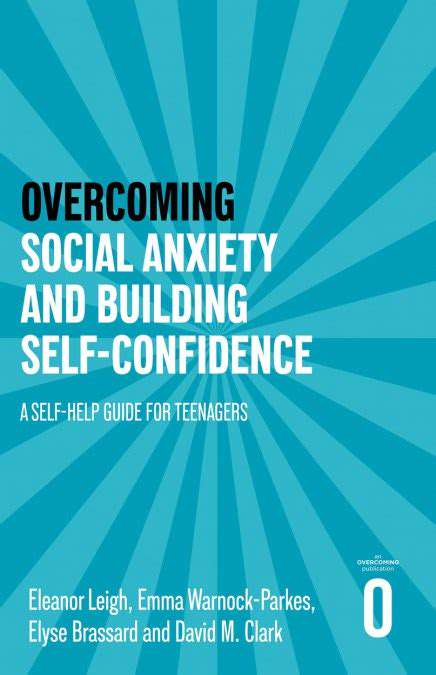
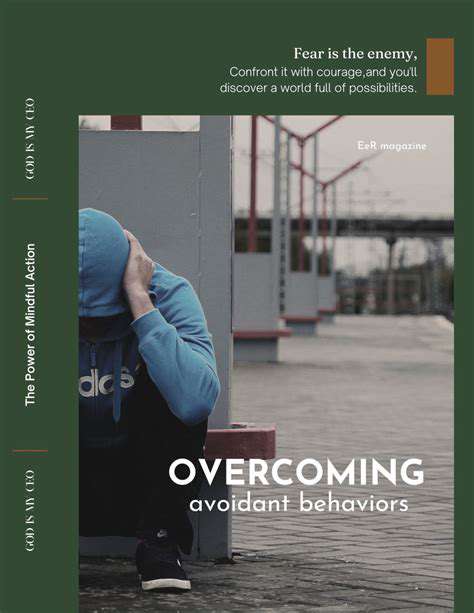


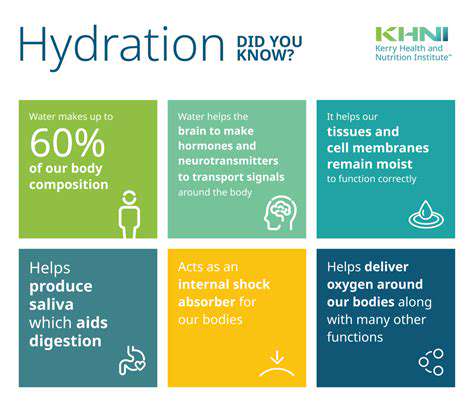
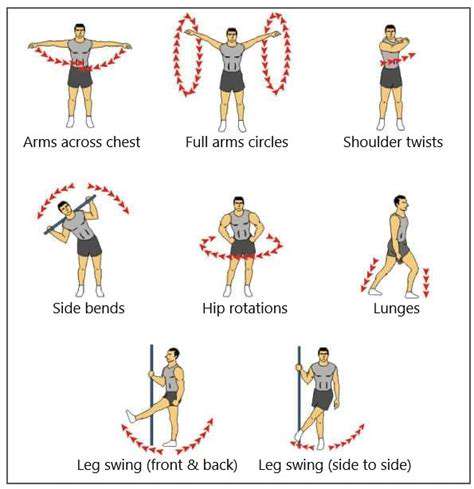


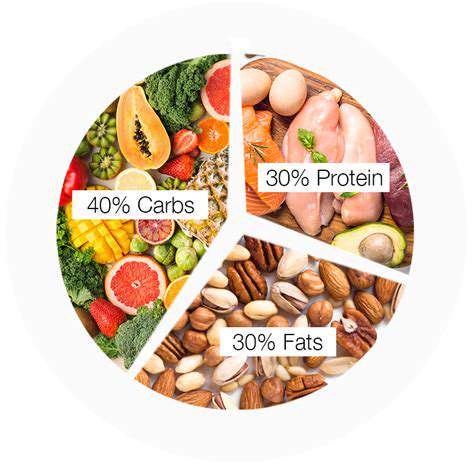

![How to Build Muscle Without a Gym [Beginner Guide]](/static/images/26/2025-07/NutritionandRecovery3AFuelingYourGains.jpg)
